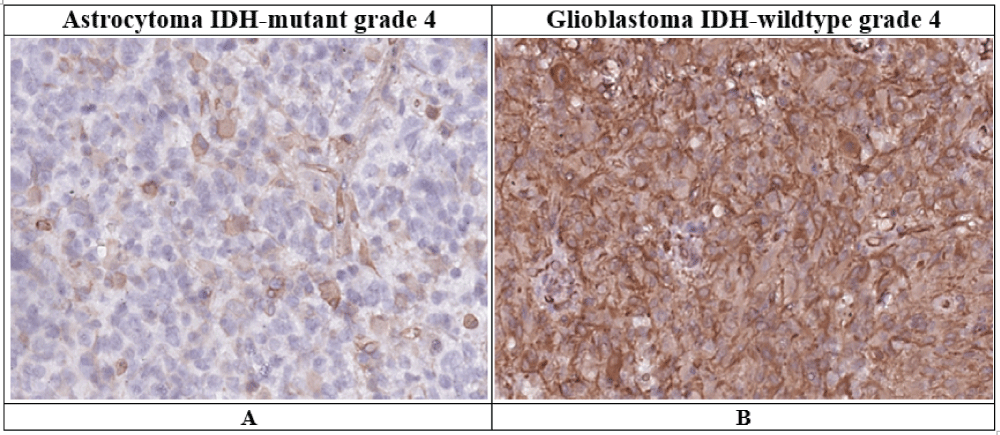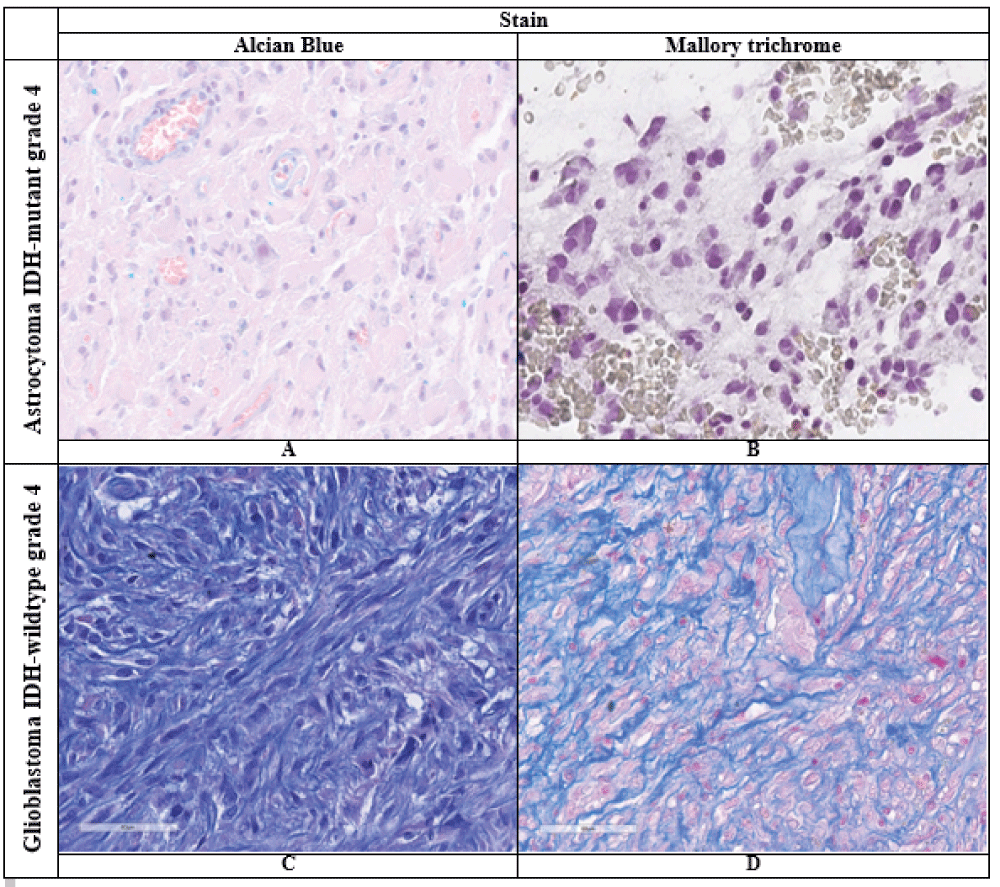Study of the Histological Features of the Stroma of High-Grade Gliomas Depending on the Status of the Mutation in the IDH1 Gene
Introduction
The field of Pathology and Obstetrics Oncology continues to revolutionize medical science, offering groundbreaking insights into complex diseases like gliomas. Gliomas, aggressive central nervous system (CNS) tumors, pose significant challenges due to their diffuse growth and resistance to conventional therapies. This blog explores the latest advancements in glioma research, referencing critical findings from the article “Study of the Histological Features of the Stroma of High-Grade Gliomas Depending on the Status of the Mutation in the IDH1 Gene” and its PDF version.
The Role of Pathology in Glioma Research
Gliomas represent a significant portion of malignant CNS tumors, accounting for nearly 70% of cases. Recent studies, including those highlighted in the referenced article, underscore the pivotal role of pathological analysis in understanding tumor characteristics. For example, the IDH1 gene mutation status is a crucial determinant of glioma prognosis and therapeutic strategies.
Key Findings in Glioma Pathology:
- High-grade gliomas exhibit significant extracellular matrix (ECM) changes.
- IDH1 mutations influence stromal characteristics, as observed through immunohistochemical (IHC) staining techniques.
- Vimentin expression and epithelial-mesenchymal transition (EMT) processes are more pronounced in IDH-wildtype glioblastomas.
These insights pave the way for targeted therapies, which remain a critical focus in Pathology and Obstetrics Oncology.
Obstetrics Oncology: Shared Mechanisms and Implications
Although predominantly associated with CNS tumors, insights from glioma studies are increasingly relevant to Obstetrics Oncology. The interaction of tumor cells with their microenvironment, particularly through EMT, offers parallels in understanding metastatic pathways in gynecological cancers. This shared knowledge base highlights the interdisciplinary nature of cancer research.
Innovative Techniques in Glioma Research
Histological Analysis
In the referenced study, researchers utilized advanced staining techniques such as Alcian blue and Mallory trichrome to assess stromal changes. These methods revealed:
- Collagen overproduction in IDH-wildtype glioblastomas.
- Mucinization patterns linked to aggressive tumor behavior.
Molecular and Statistical Tools
Polymerase chain reaction (PCR) and Python-based statistical analyses provided robust data on the correlation between IDH1 mutations and ECM changes. These techniques exemplify the integration of pathology and computational biology in modern research.
Clinical Implications in Pathology and Obstetrics Oncology
Understanding glioma pathology has direct implications for patient care:
- Diagnosis: IDH1 mutation status is now a key biomarker for classifying gliomas.
- Treatment: Therapeutic strategies targeting ECM components and EMT processes are under development.
- Prognosis: Patients with IDH-wildtype glioblastomas face a more unfavorable prognosis, emphasizing the need for innovative treatment approaches.
In Obstetrics Oncology, similar diagnostic and therapeutic strategies are being adapted to address metastatic gynecological cancers, drawing on findings from glioma research.
Challenges and Future Directions
While advancements in Pathology and Obstetrics Oncology are promising, significant challenges remain:
- Therapeutic Resistance: Intratumoral heterogeneity and the protective ECM barrier limit treatment efficacy.
- Research Gaps: More studies are needed to understand stromal dynamics in IDH-mutant astrocytomas.
- Interdisciplinary Integration: Bridging knowledge across pathology, oncology, and computational biology is essential.
Future research should focus on:
- Exploring therapeutic targets within the ECM.
- Developing non-invasive diagnostic tools.
- Leveraging insights from glioma studies to inform gynecological oncology.
Conclusion
The intersection of Pathology and Obstetrics Oncology offers transformative potential in understanding and treating complex cancers. By integrating insights from glioma research, as exemplified in the referenced study, the medical community is poised to make significant strides in patient care. The keywords “Pathology and Obstetrics Oncology” underscore the interdisciplinary efforts driving these advancements, promising a future of more effective and personalized cancer therapies.

Figure 1: Vimentin expression in grade 4 astrocytoma IDH-mutant and IDH-wildtype glioblastoma (description in text).Immunohistochemical reaction, ×400A – Astrocytoma IDH-mutant grade 4.B – Glioblastoma IDH-wildtype grade 4.

Figure 2: Results of histochemical reactions in the studied tumors (description in the text), ×400. A, C – Alcian blue stain; B, D – Mallory trichrome stain.
